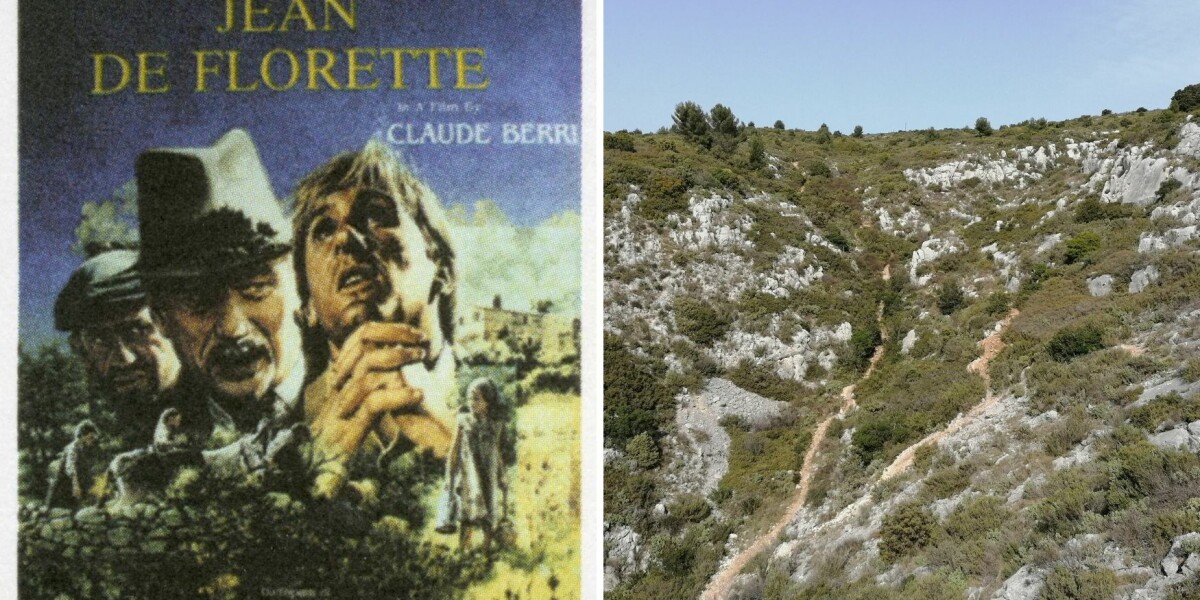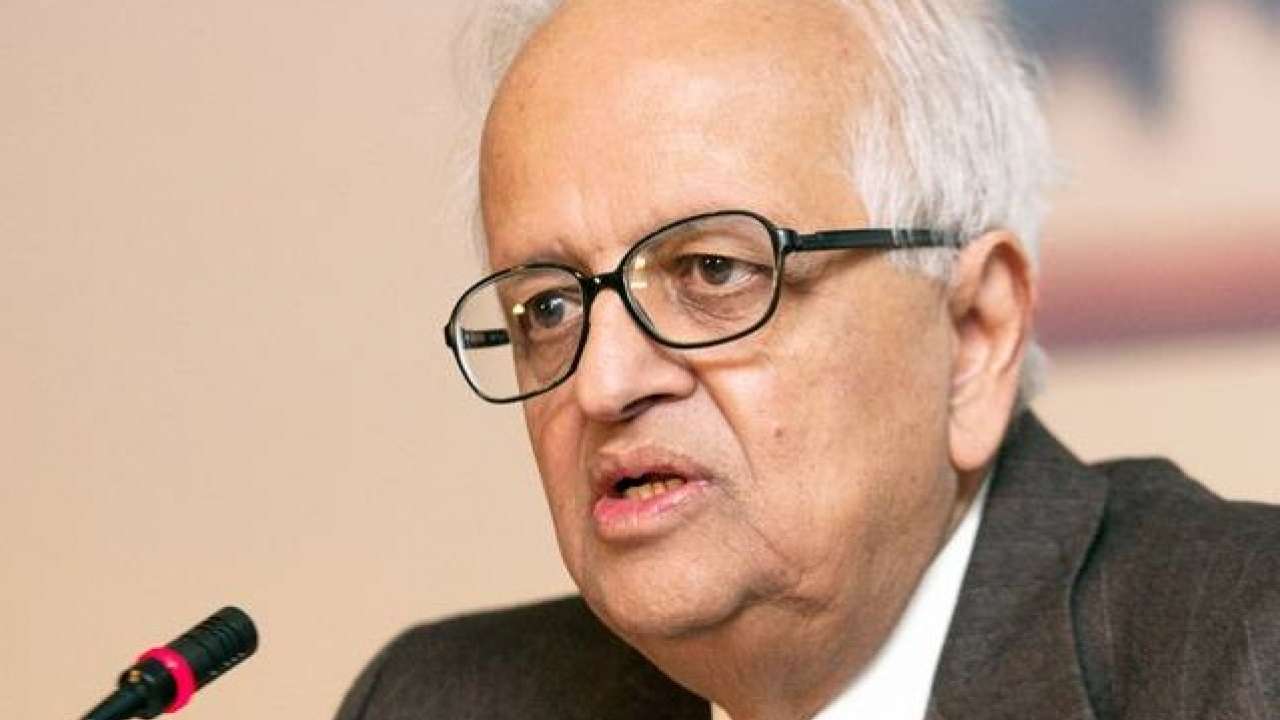
- Select a language for the TTS:
- UK English Female
- UK English Male
- US English Female
- US English Male
- Australian Female
- Australian Male
- Language selected: (auto detect) - EN
Play all audios:
Marcel Pagnol (1895-1974) immortalised rural life in Provence. Born in Aubagne, he was the son of a teacher and a dressmaker and grew up in Marseille, achieving excellent marks at school.
Summers were spent in the Provençal countryside for his mother’s health. His mother died when he was just 15 years old, and two years later his father remarried. His new stepmother was only
eight years his senior and he did not accept the marriage. Having passed the bac, he went to university in Aix-en-Provence, where he co-founded a literary review and published his first
novel. At the outbreak of WW1, he was conscripted into the army but demobilised in 1915 on health grounds. READ MORE: DID YOU KNOW? A DECOY PARIS WAS PLANNED IN WW1 TO TRICK GERMAN BOMBERS
FIRST PLAYS WERE NOT WELL-RECEIVED In 1916, he married Simone Collin, finished his degree and became a teacher, being posted to different schools every year. He never stopped writing, and
when in 1922 he was posted to a job in Paris, very soon became immersed in the city’s literary world. His first playwriting efforts for the theatre were not well-received, but by 1927 he had
left teaching to write full-time, and his play _Topaze_ (1928), was a huge success. He never looked back. Marius, produced in 1929, was a smash hit and evolved into his famous _Trilogie
Marseillaise_ – three tragic plays, _Marius, Fanny,_ and _César_, which were all eventually turned into films. FILMS ARE DARKLY ROMANTIC The films proved to be a groundbreaking foray into
realistic cinema, as opposed to pure escapism. Grumpy César secretly has a soft heart. He owns a bar on the waterfront of the Old Port in Marseille, where his son Marius works while dreaming
of life at sea. Marius’s sweetheart, Fanny, attracts the attention of Panisse, a wealthy middle-aged sail maker looking for a pretty young wife. The films are gloomy, fateful and darkly
romantic. Perhaps the appeal was that the films showed ordinary people experiencing heightened emotions normally associated with glamorous characters played by beautiful film stars. FIRST
FRENCH ‘TALKIES’ WERE SMASH HIT Marcel Pagnol had been separated from his wife and involved with other women since 1926, when he began a relationship with a British dancer called Kitty
Murphy. In 1930 they had a son, Jacques Pagnol. By this time, the talkies were beginning to take over from silent cinema, and Pagnol was fascinated by the possibilities of film-making. The
film version of _Marius_ was one of the very first French talkies, and a smash hit. The second film, _Fanny_, released in 1932, was shot in the legendary Bar de la Marine in Marseille’s Old
Port. Marcel Pagnol had hit the big time. He was famous, well-respected, and immensely wealthy. He sold film rights to _Topaze_ and set up his own film-making studios in Paris and Marseille.
He also bought a domaine in Provence, where he had spent so many happy summer holidays as a child. During the 1930s he made one film after another. He also had two more children,
Jean-Pierre and Francine, from different relationships. FARMED CARNATIONS DURING WW2 The war put the brakes on his activities. He was divorced in 1939, and in 1941 he bought the Château de
la Buzine. He bought the property sight unseen, and only realised when he visited it that he knew at least the grounds very well. His mother used to tell him about a time when she had
wandered through the grounds of the chateau and been surprised by a grounds-keeper. The incident went down in family history as his mother’s Big Scare. He had the intention of turning the
chateau into a Cité de Cinéma, but due to WW2, he had to put his plans on hold. To avoid being forced to make Nazi propaganda, he sold his studios to Gaumont, although he stayed on as
creative director. Bowing to pressure, he made a film defending the Vichy government. READ MORE: PROFILE: THE AMERICAN WHO WAS A ‘SCHINDLER IN FRANCE’ In 1942, he bought a property, the
Domaine de l’Etoile, in La Gaude, near Marseille. Here, he employed his film crews as agricultural labourers growing carnations to prevent them from being conscripted and taken to Germany as
forced labour. In 1945, he married the actress Jacqueline Bouvier, and together they had Frédéric (1946) and Estelle (1951-1954). The couple stayed together until his death. PAGNOL FILMED
FIRST VERSION OF MANON DES SOURCES After the war, he was elected president of the Société des Auteurs et Compositeurs Dramatiques, a position he used to defend writers and artists who had
not exactly collaborated but who had, like him, been pressured into working during the occupation. At the age of 51, he was elected to the Académie Française. His 1948 film _La Belle
Meunière_ was the first full colour French film shot in France by a French crew using French technical processing. It was as successful as his other films. From 1951, he and Jacqueline lived
in Monaco, but after the death of their daughter in 1954 they moved back to Paris. Pagnol had by then finished filming _Manon des Sources_ in Provence. Strangely enough, the film was not
particularly well received, unlike the critically acclaimed 1986 version. WROTE PREQUEL JEAN DE FLORETTE In 1966, Pagnol wrote two novels based on the film; _Jean de Florette _was a prequel
to _Manon des Sources_. These formed the basis for the international box-office hit films starring Gérard Depardieu, Elizabeth Depardieu (wife of Gérard at the time), Daniel Auteuil, and
Yves Montand. READ MORE: DEPARDIEU: FRENCH FILM STAR AND FRIEND OF PUTIN CRITICISES UKRAINE WAR The films were shot back to back. In _Jean de Florette_, Yves Montand played César, another of
Pagnol’s crusty Provençal patriarchs, and Daniel Auteuil played Ugolin, his ratty nephew. Gérard and Elizabeth Depardieu played Jean de Florette and his wife Aimée, a naive couple from the
city with an overly romantic view of country life. After WW1, César and Ugolin have a plan to save the family fortunes by growing carnations. They try to buy a neighbour’s land and, failing
to do so, cement over the water supply in an act of spite. When the land is inherited by_ Jean de Florette_, César and Ugolin do not tell him about the blocked water source. Jean struggles
to make the farm survive, but eventually takes a mortgage on the land from César in order to sink a well. When he is killed in the process, his widow and orphaned daughter lose the farm. In
celebration, the two baddies return to unblock the water source, unaware that young Manon is watching and has understood their dark scheme. FILMS WON MULTIPLE AWARDS In_ Manon des Sources_,
Ugolin falls in love with Manon (played by Emmanuelle Béart), who has grown into a beautiful shepherdess. She, however, is in love with a young teacher who has recently arrived in the area.
By chance, she discovers that all the villagers knew about the blocked-up source on her father’s land, and decided not to tell him because they did not welcome a stranger living amongst
them. When she accidentally finds the water source which supplies the entire village, she blocks it off. The subsequent panic in the village results in people turning on César and Ugolin,
who confess their part in the demise of Jean de Florette. Ugolin proposes to Manon, and when she turns him down, he commits suicide. Manon and the teacher unblock the village’s water source
and a few weeks later, they are married. César then discovers that Jean de Florette was none other than his natural son, confesses all to the local priest, writes a will leaving all his
money and land to his natural granddaughter Manon, and dies the same night. Both films were brilliantly cast and acted, and beautiful to look at, ensuring them a place in cinema history.
They won multiple awards and introduced Pagnol’s work to new generations of fans. PAGNOL WORKED IN NEW ARTIST MEDIUM - TELEVISION After the release of the original version of _Manon des
Sources_, however, Pagnol simply went on working, writing, directing and producing films. By the mid-1950s, he was looking over his shoulder at the theatre. Turning away from the silver
screen, he wrote some plays but when they were not well received, he switched to novels. As he turned 60, his nostalgia for life in Provence between the wars was undimmed, and he wrote the
hugely successful _La Gloire de mon Père_, which sold 50,000 copies in its first month of publication. He followed this with _Le Château de ma Mère_ in 1958, which was equally successful.
His re-launched literary career continued into the 1960s with the re-working of his script for _Manon des Sources_. He also worked for television, which was kicking off as a new artistic
medium at that period. He died of cancer in 1974, at the age of 79. RELATED ARTICLES HIGH KICKS AND TRAGEDY – THE IRISH WOMAN BEHIND PARIS’ BLUEBELL GIRLS PROFILE: THE DAREDEVIL FRENCH
AVIATOR WHO STARTED A POLITICAL PARTY JACQUES-YVES COUSTEAU - UNDERSEA EXPLORER, FILMMAKER AND SO MUCH MORE









